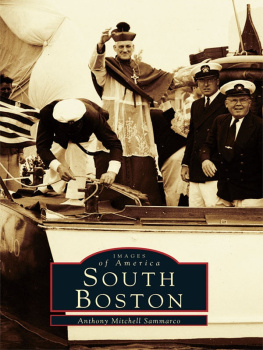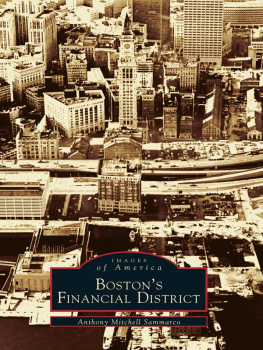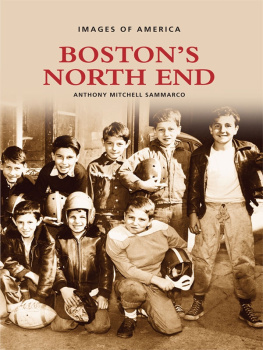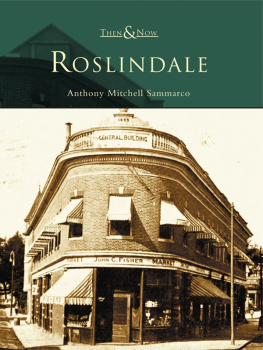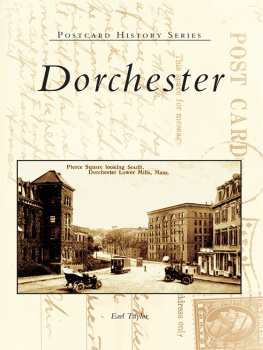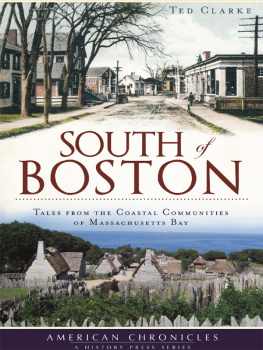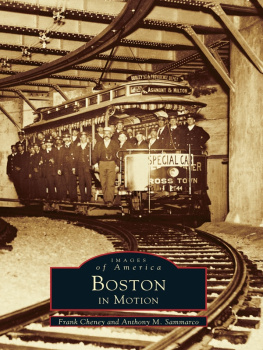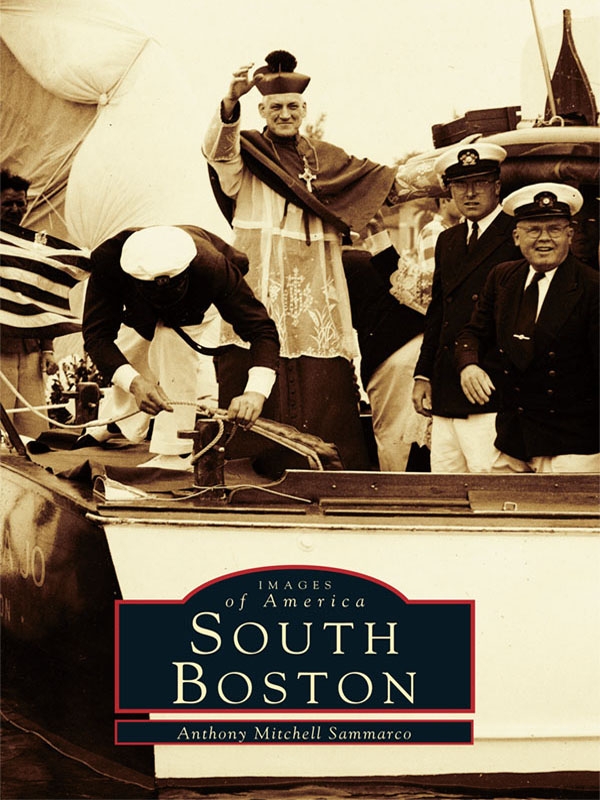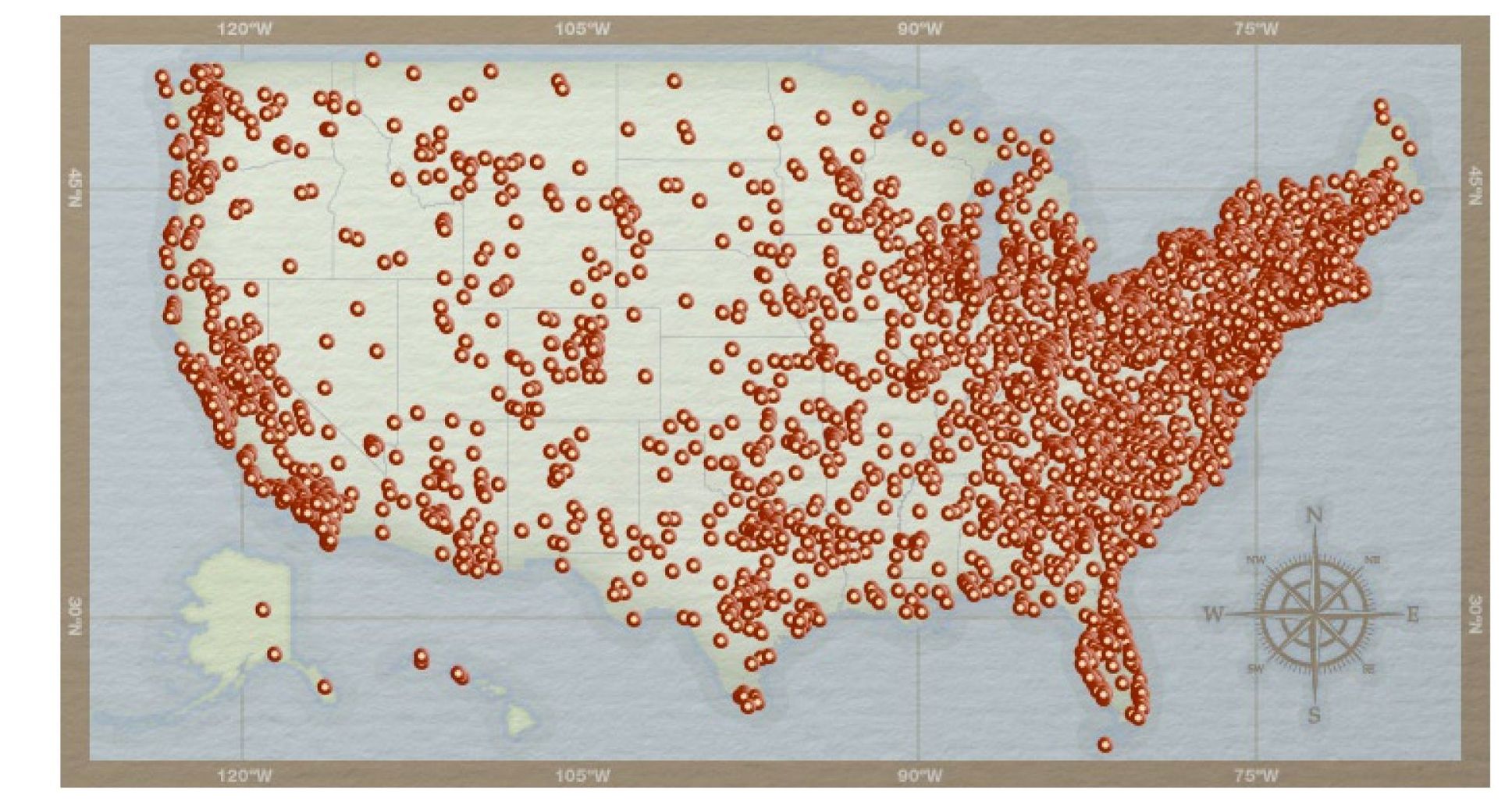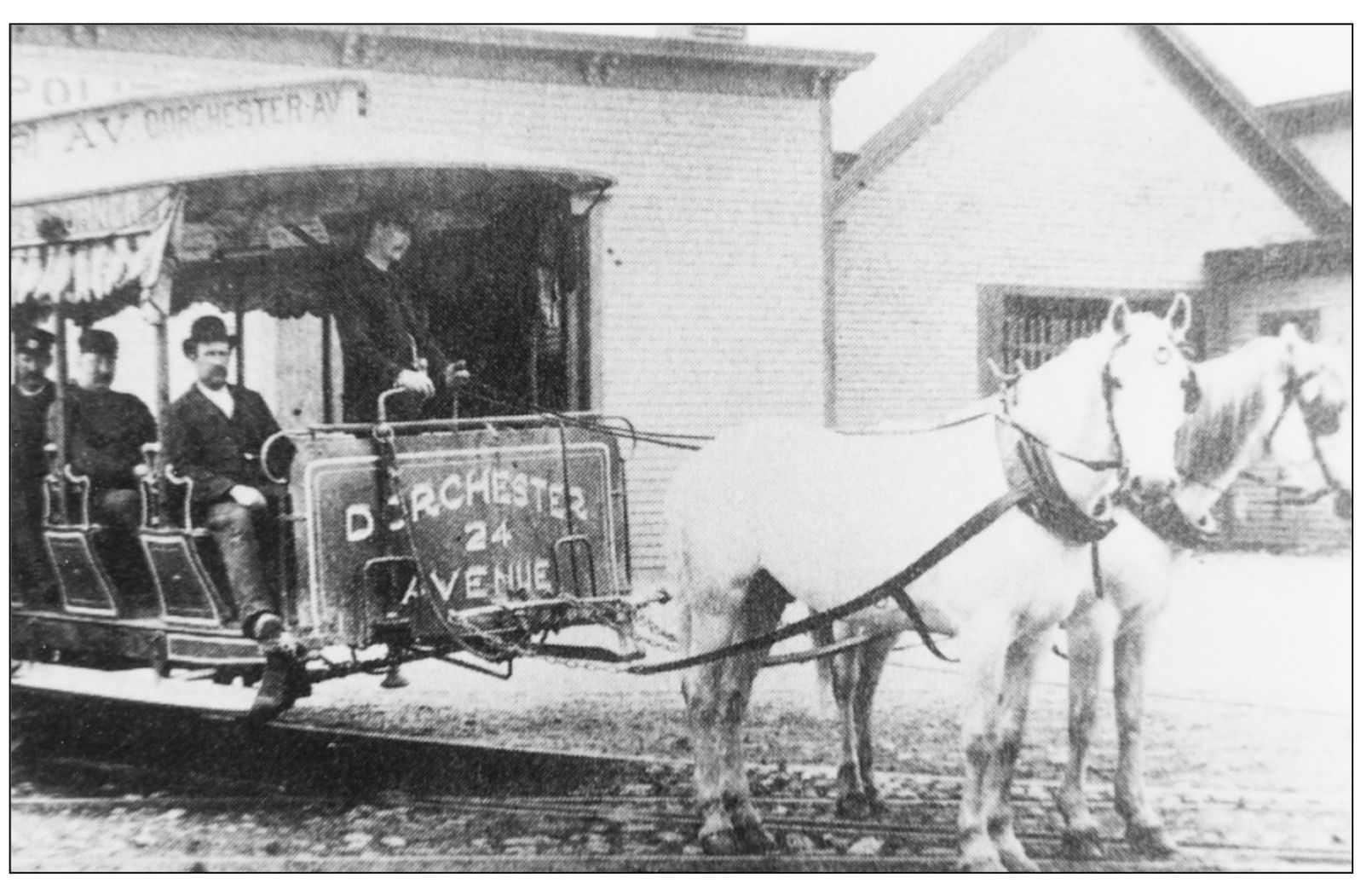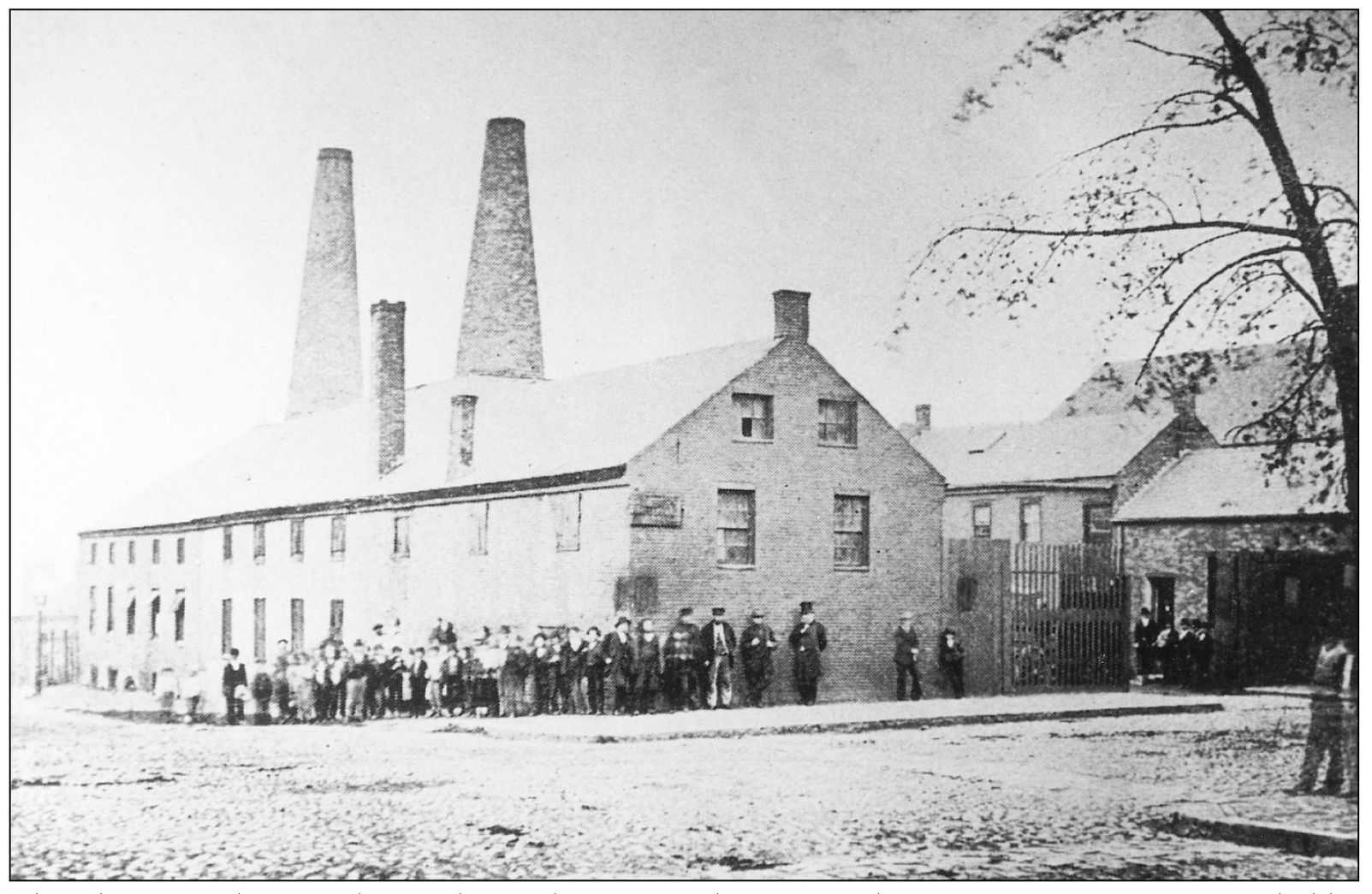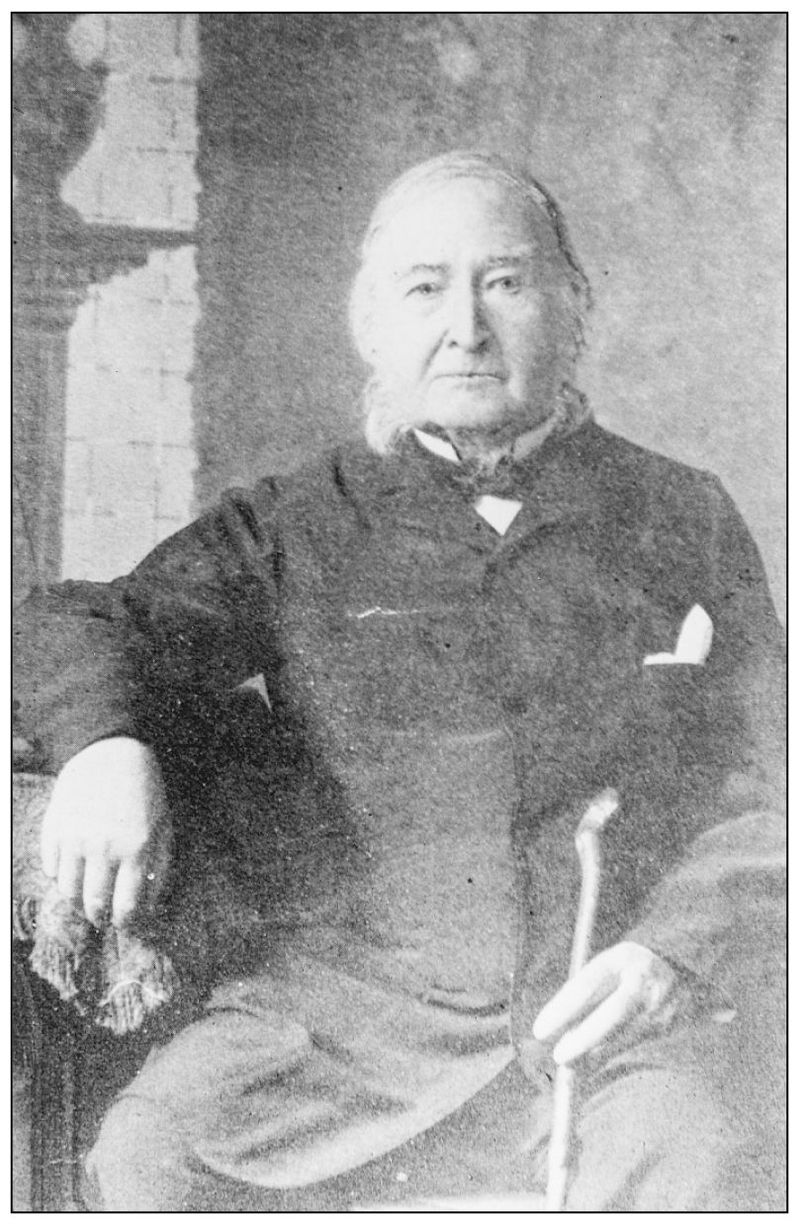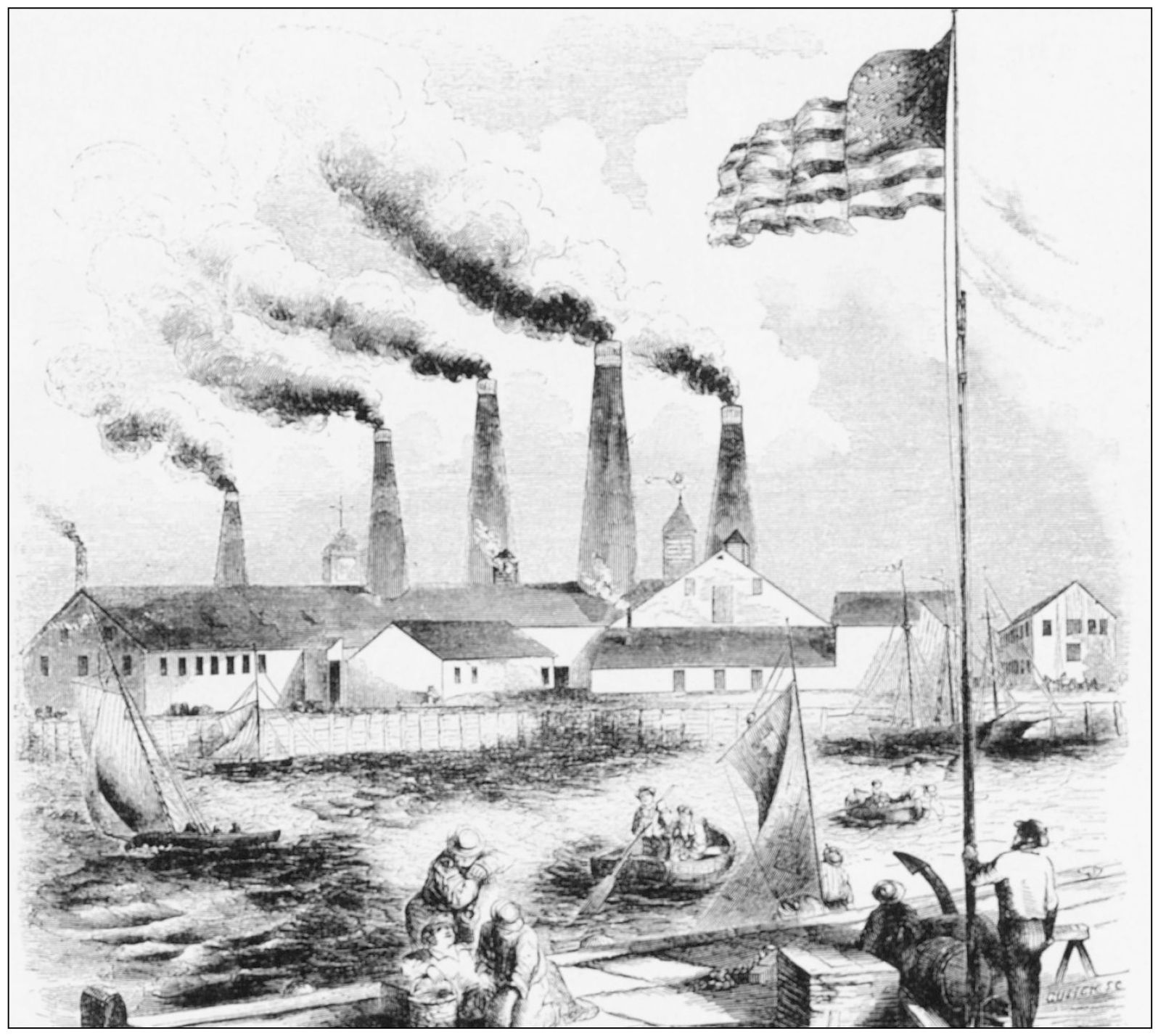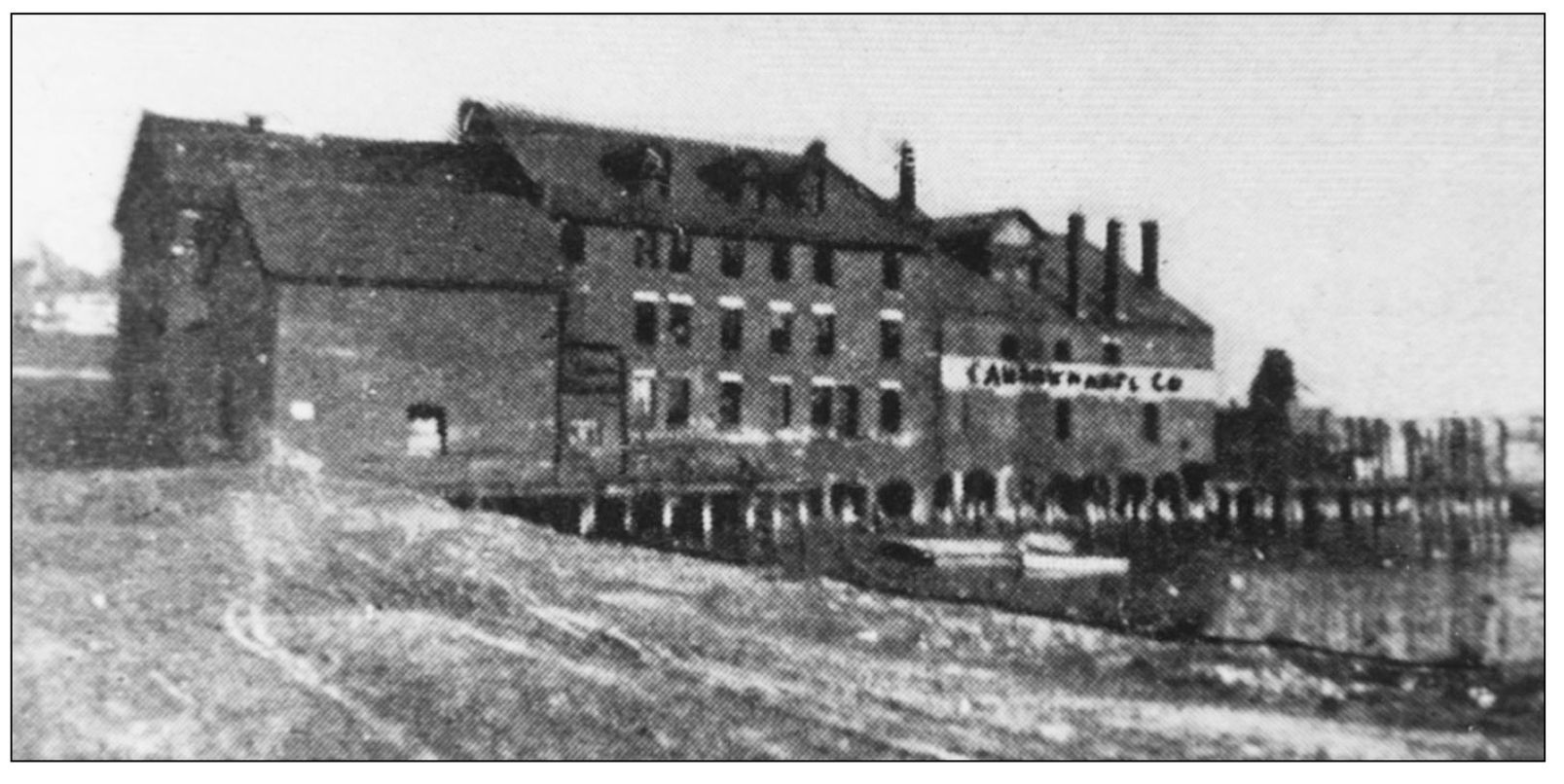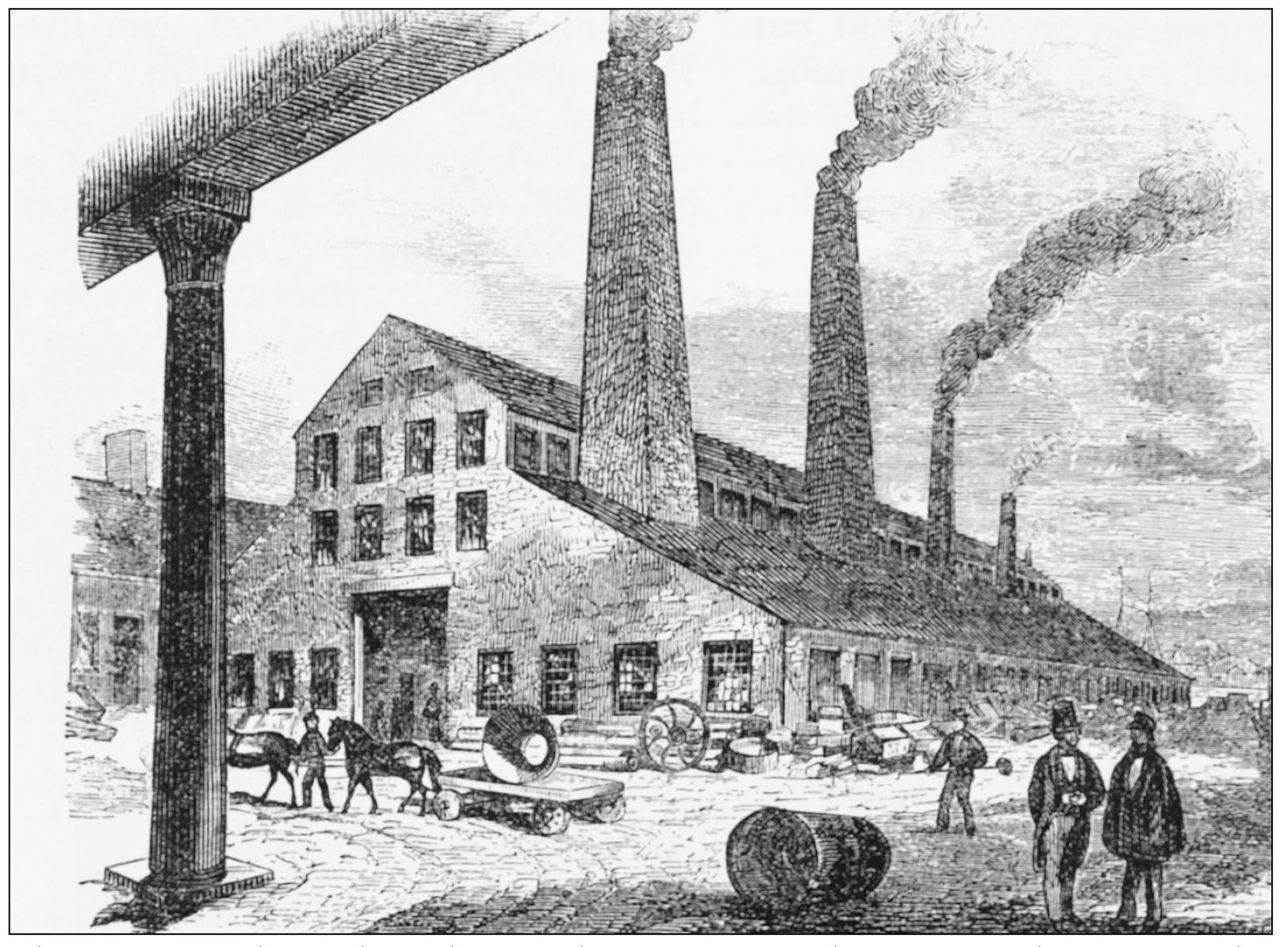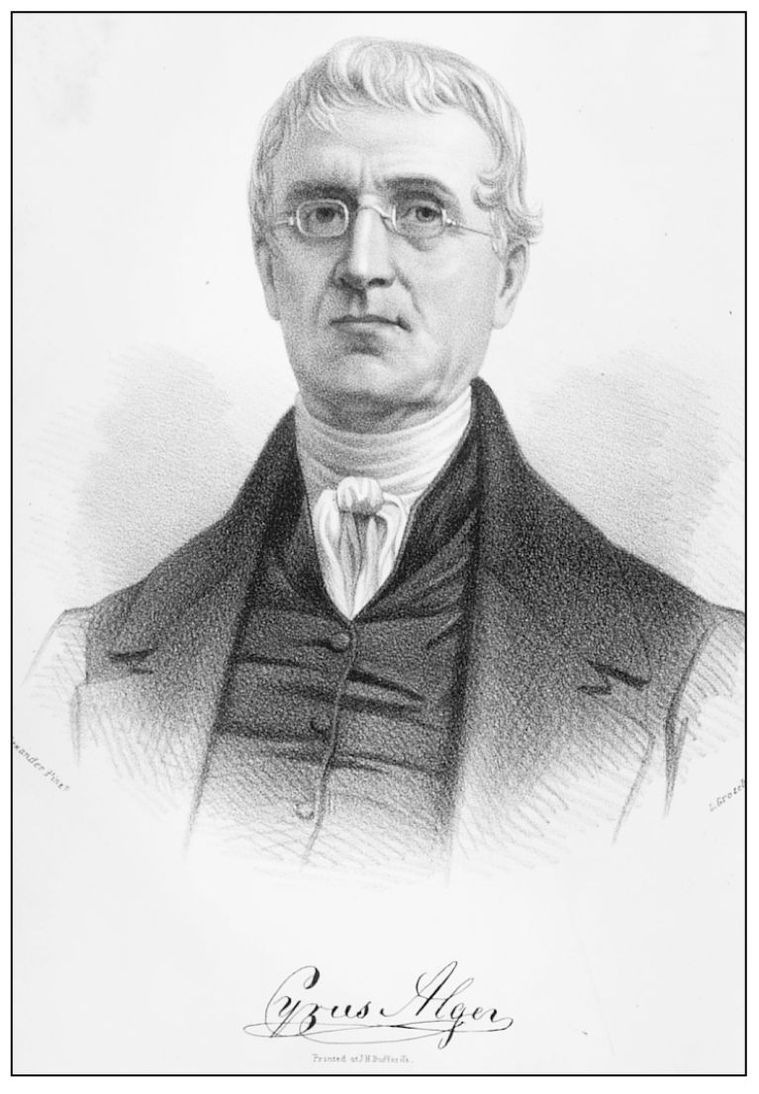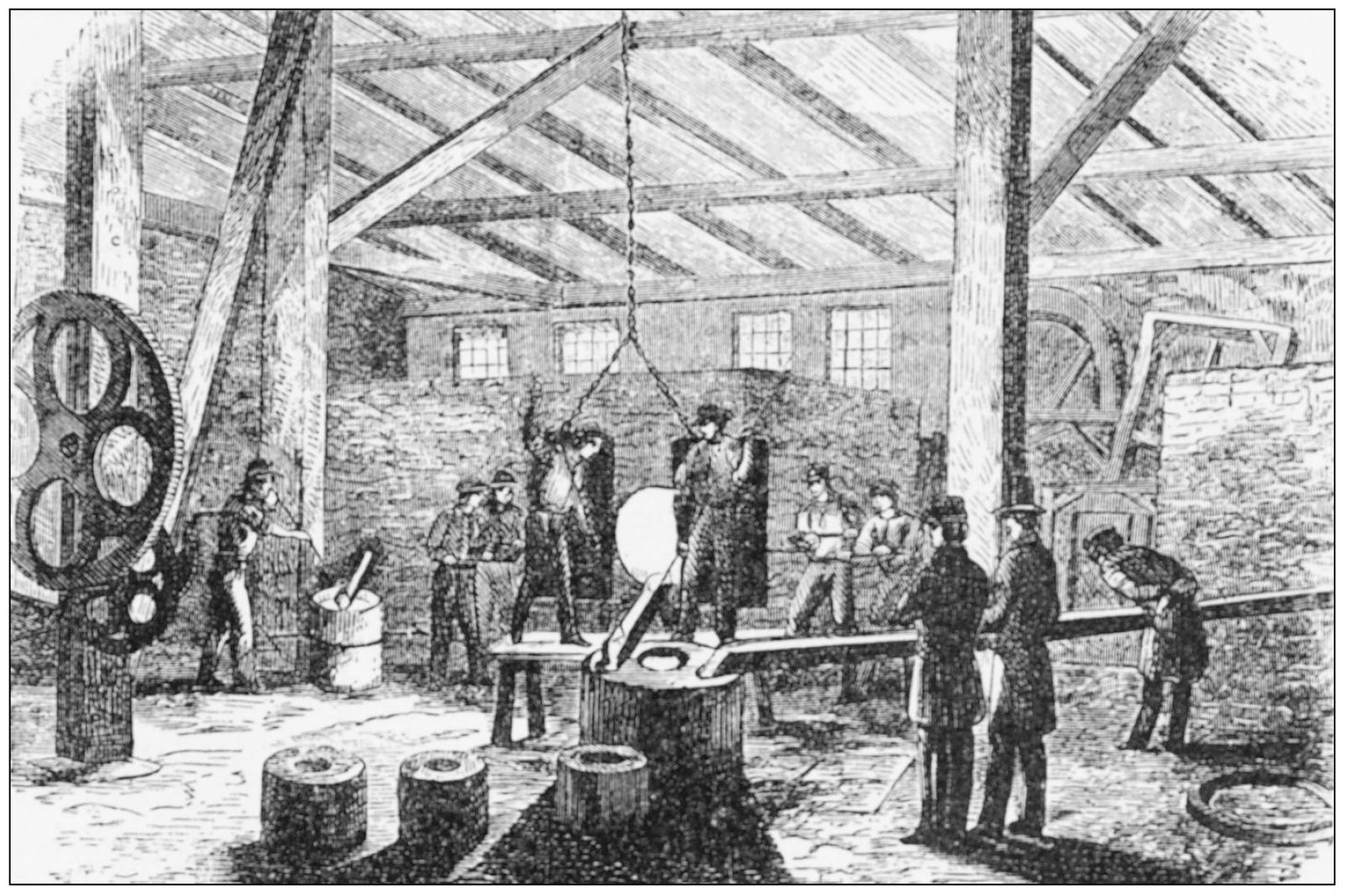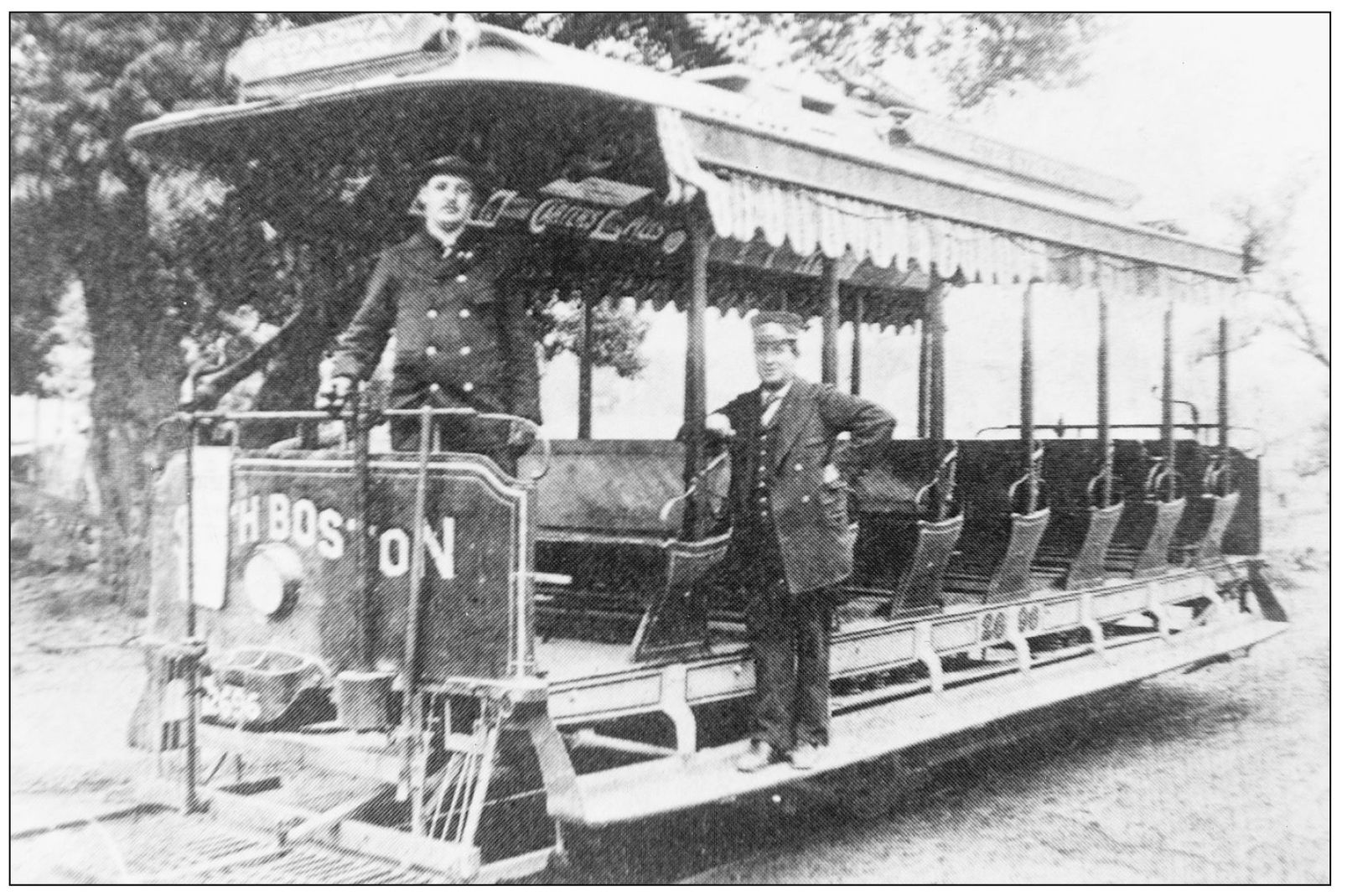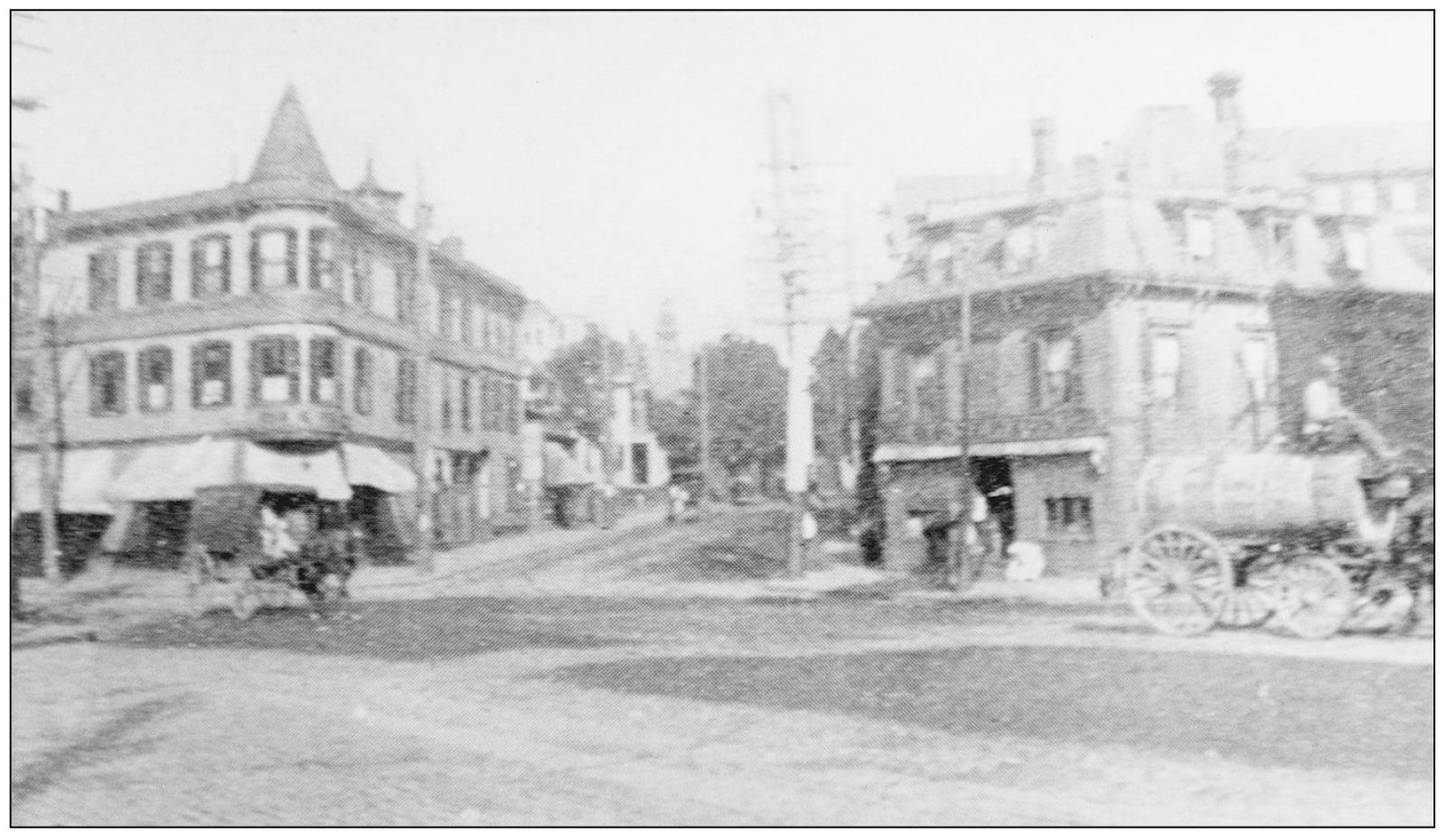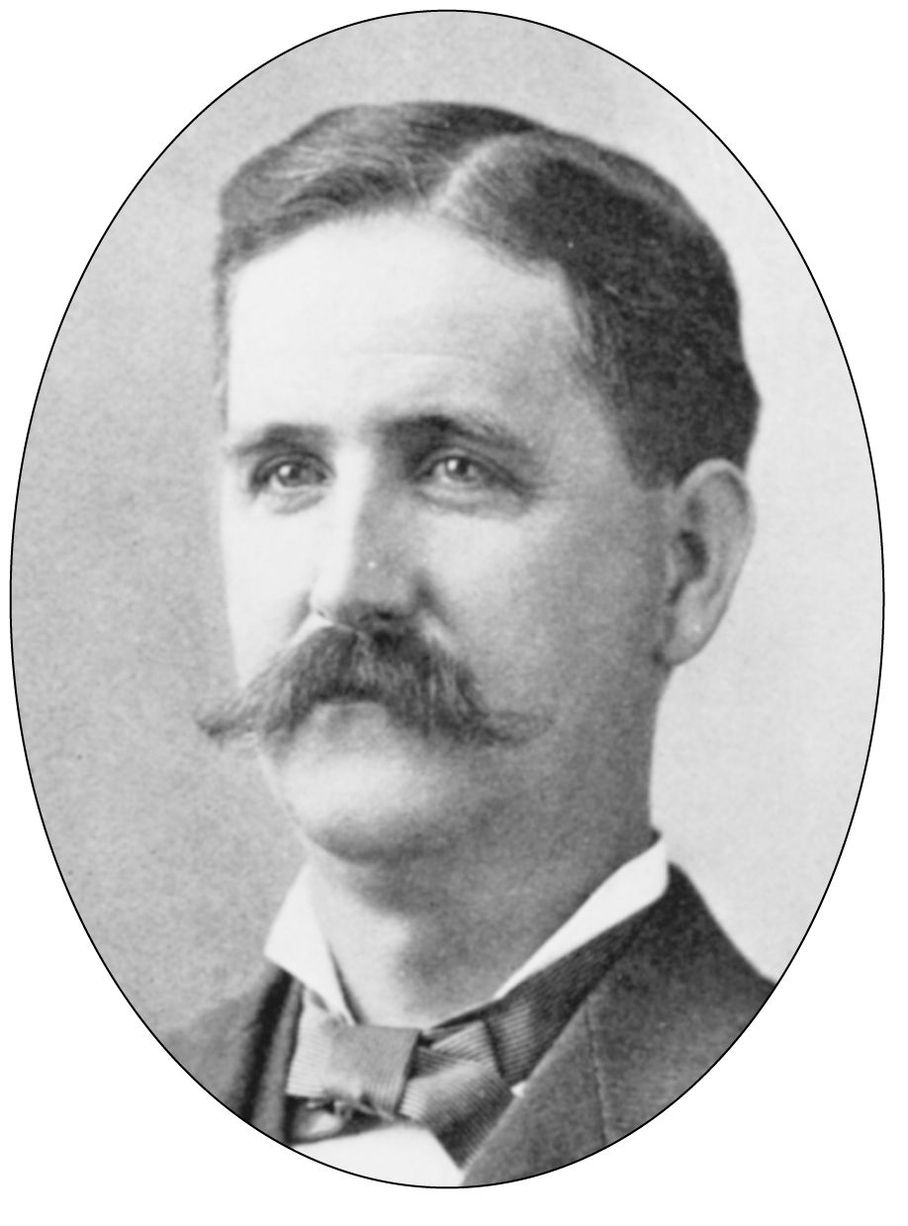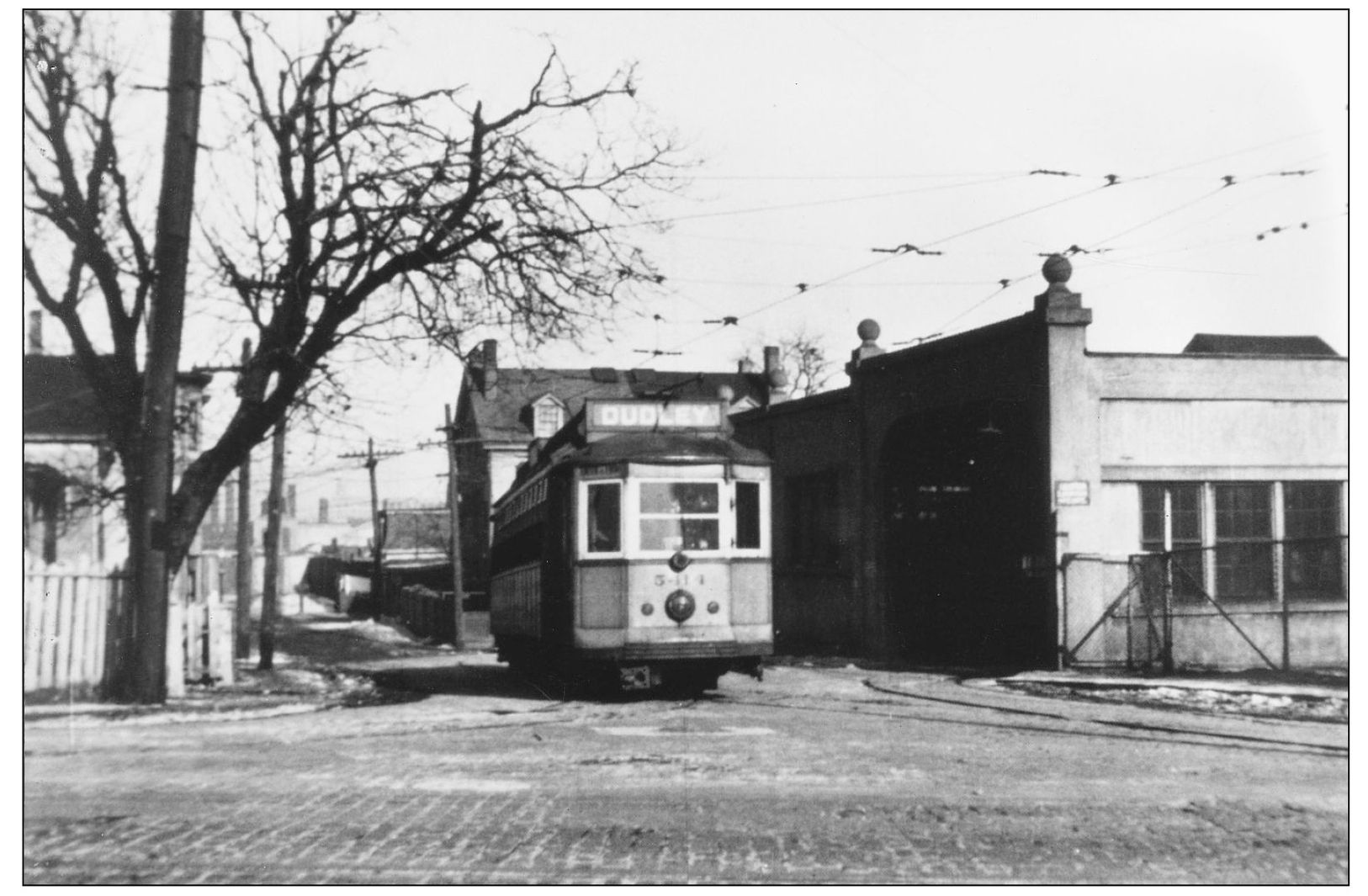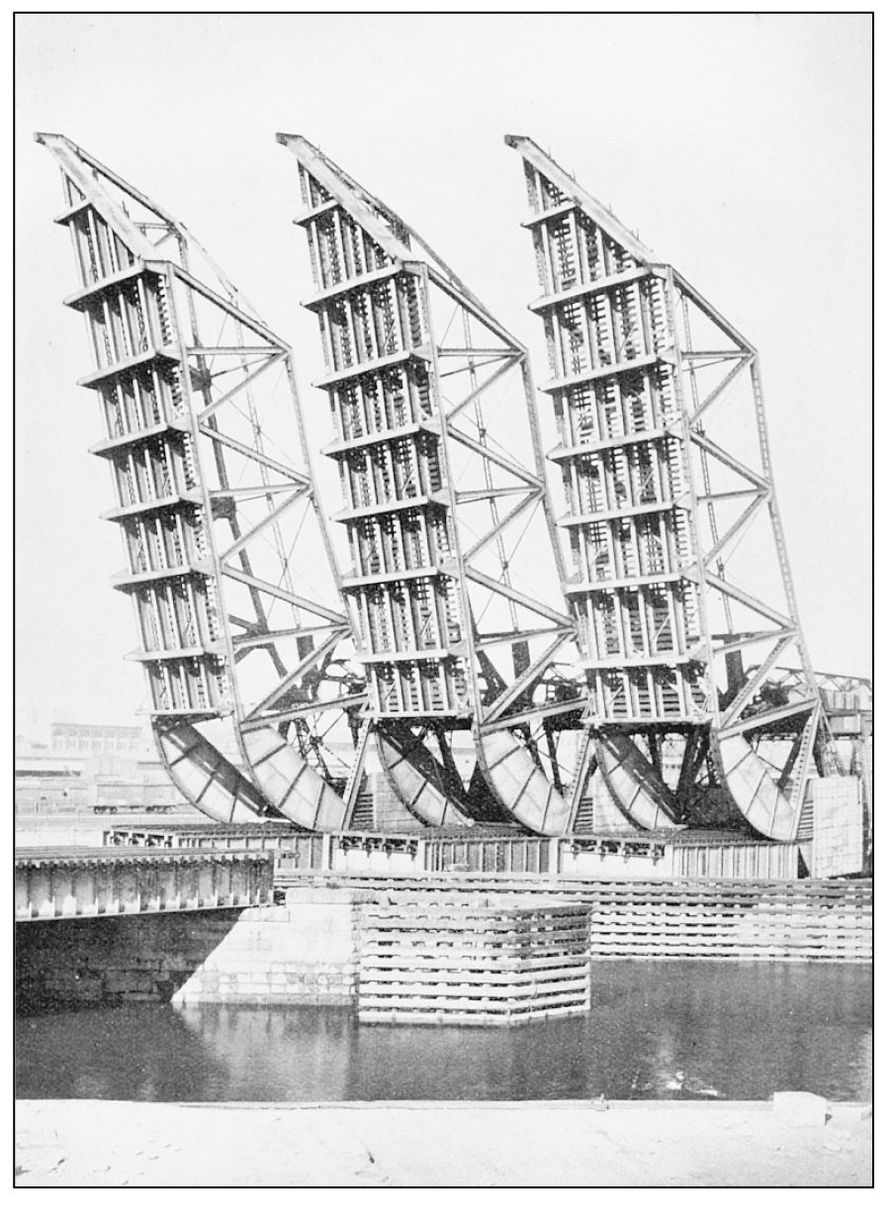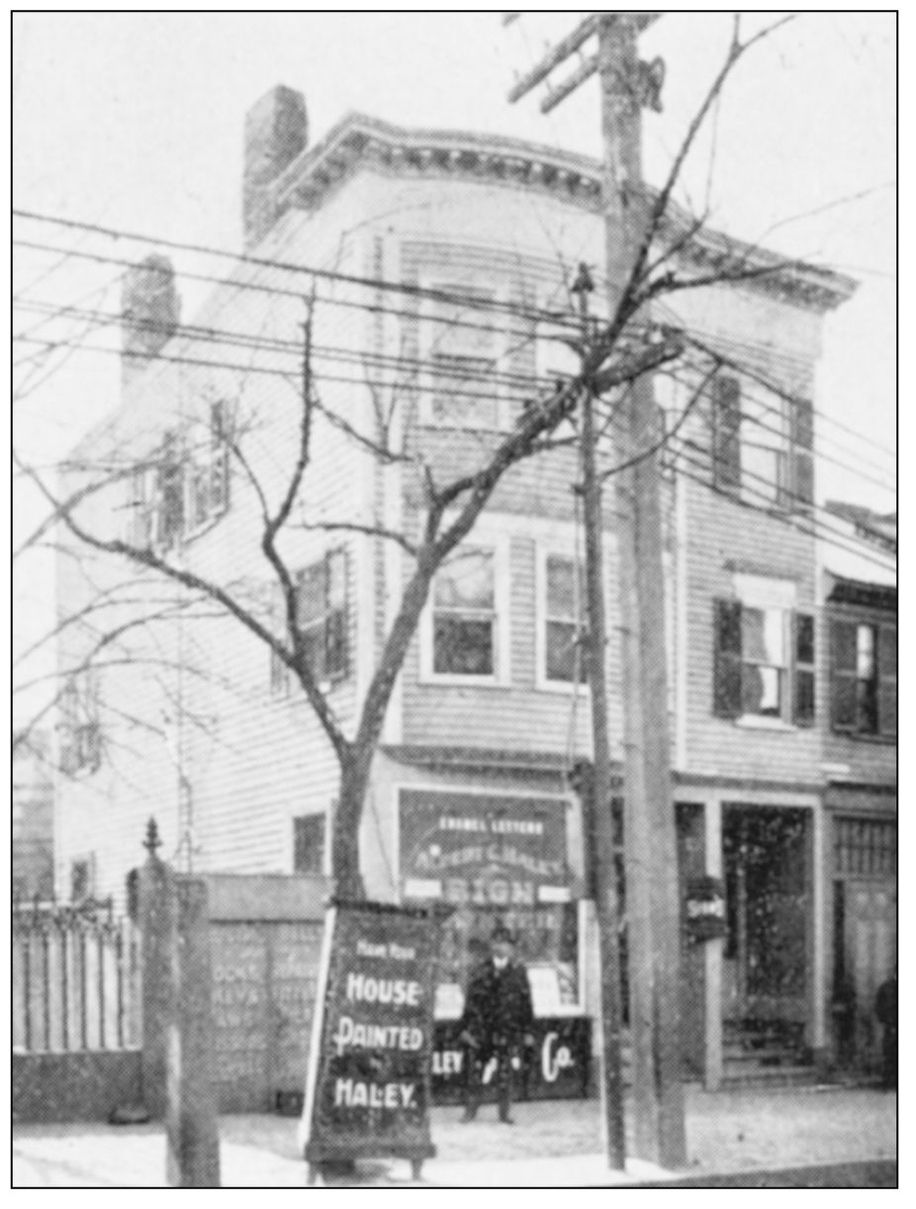Anthony Mitchell Sammarco - South Boston
Here you can read online Anthony Mitchell Sammarco - South Boston full text of the book (entire story) in english for free. Download pdf and epub, get meaning, cover and reviews about this ebook. year: 2004, publisher: Arcadia Publishing Inc., genre: Religion. Description of the work, (preface) as well as reviews are available. Best literature library LitArk.com created for fans of good reading and offers a wide selection of genres:
Romance novel
Science fiction
Adventure
Detective
Science
History
Home and family
Prose
Art
Politics
Computer
Non-fiction
Religion
Business
Children
Humor
Choose a favorite category and find really read worthwhile books. Enjoy immersion in the world of imagination, feel the emotions of the characters or learn something new for yourself, make an fascinating discovery.
- Book:South Boston
- Author:
- Publisher:Arcadia Publishing Inc.
- Genre:
- Year:2004
- Rating:4 / 5
- Favourites:Add to favourites
- Your mark:
South Boston: summary, description and annotation
We offer to read an annotation, description, summary or preface (depends on what the author of the book "South Boston" wrote himself). If you haven't found the necessary information about the book — write in the comments, we will try to find it.
South Boston, a peninsular extension of the Massachusetts mainland, was originally dubbed Great Neck by the Puritans who settled Dorchester in 1630. After the year 1804, when the town of South Boston was officially separated from Dorchester, tremendous urban development was begun according to a highly organized grid plan. Anthony Mitchell Sammarcos South Boston chronicles the development of this culturally and economically rich suburb from the nineteenth to early twentieth centuries. Southie, as South Boston has affectionately come to be called, today thrives as a close-knit community with a decidedly Irish flavor. Its residents cherish the towns panoramic ocean views along Marine Park, City Point, and Castle Island, and they will delight in exploring Mr. Sammarcos fantastic selection of historic vistas. The community of South Boston is a justifiably proud one whose natural beauty and vitality are elegantly revealed in this well-informed and comprehensive photographic history.
Anthony Mitchell Sammarco: author's other books
Who wrote South Boston? Find out the surname, the name of the author of the book and a list of all author's works by series.

